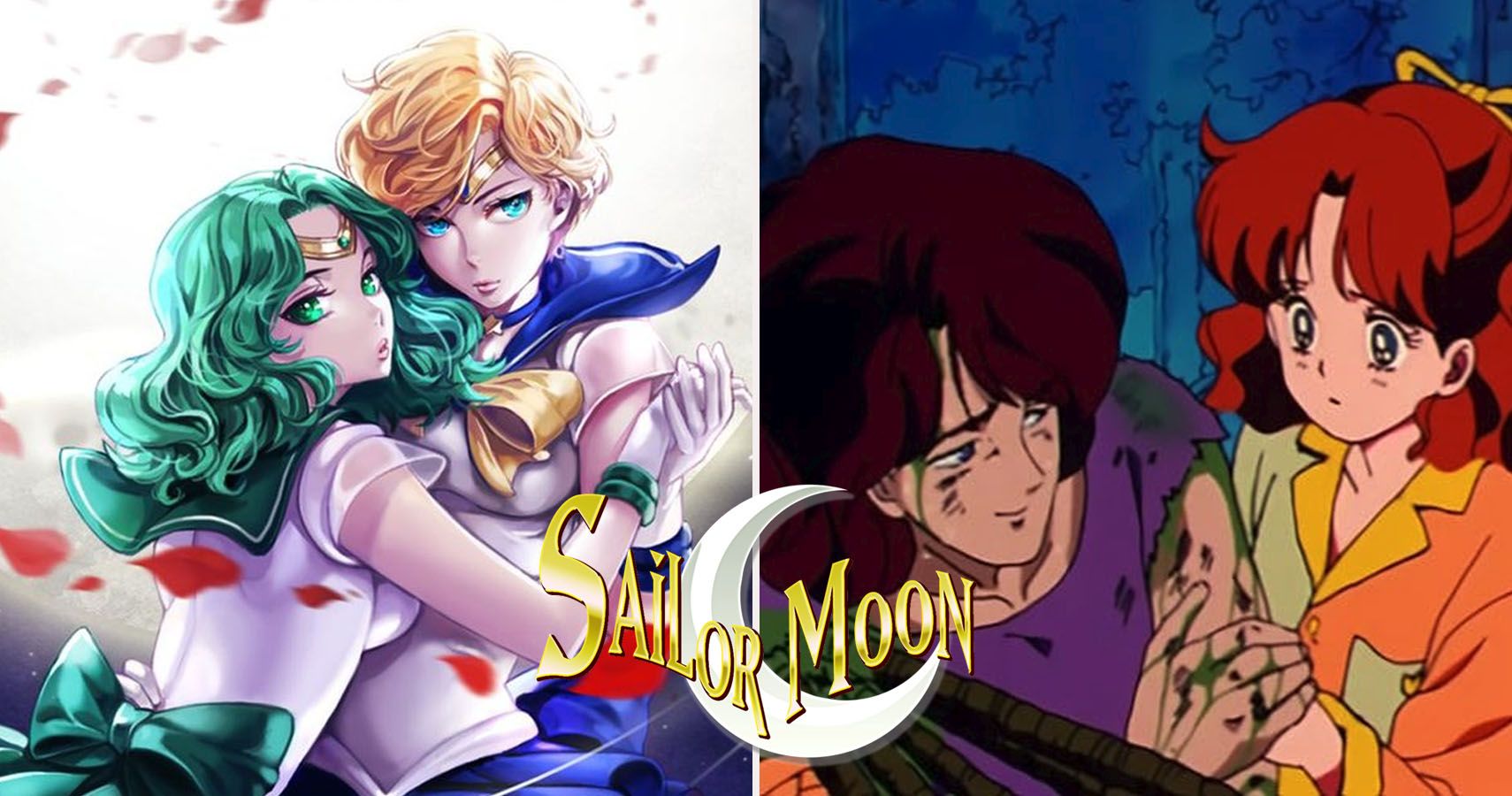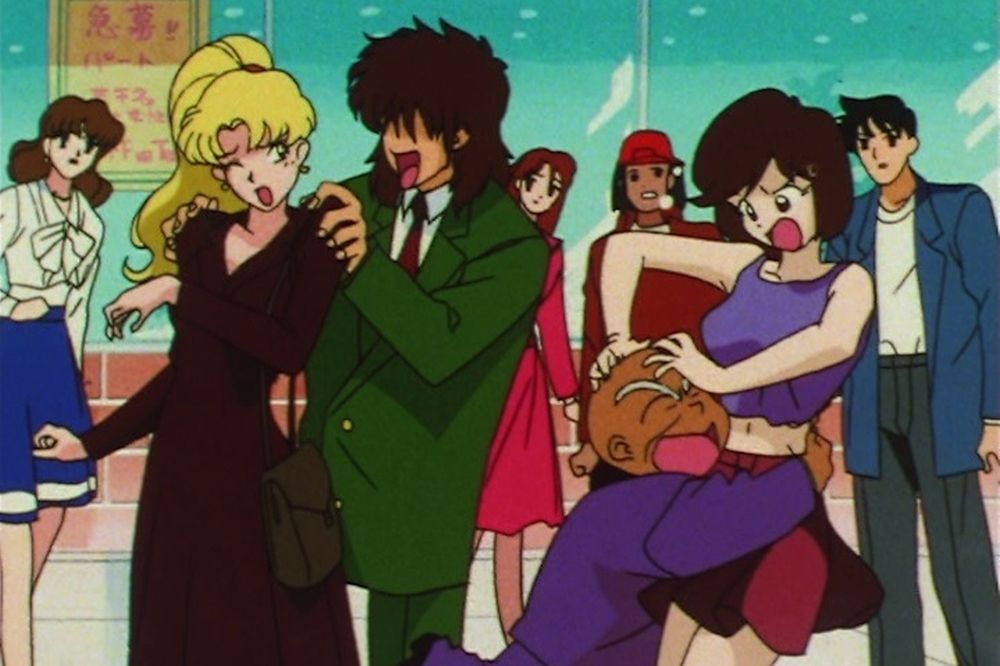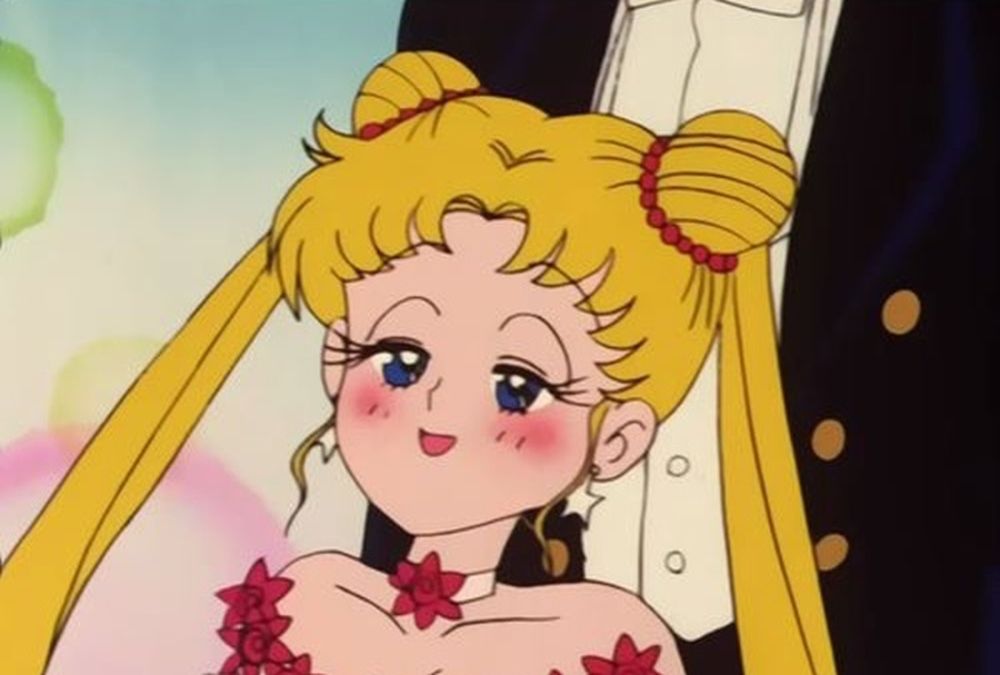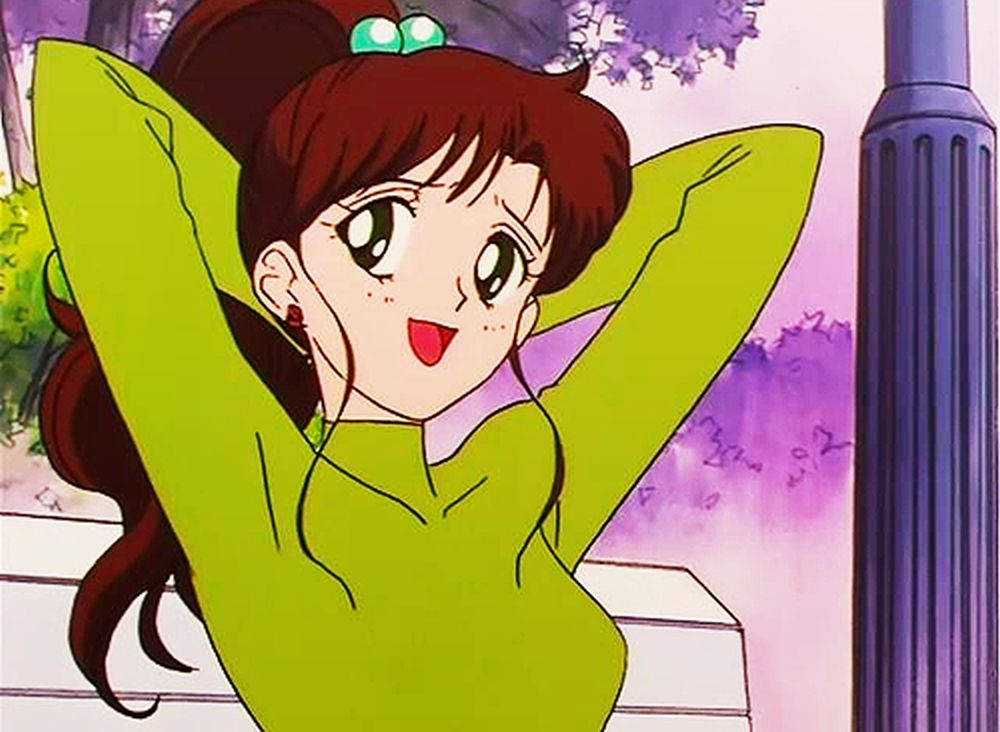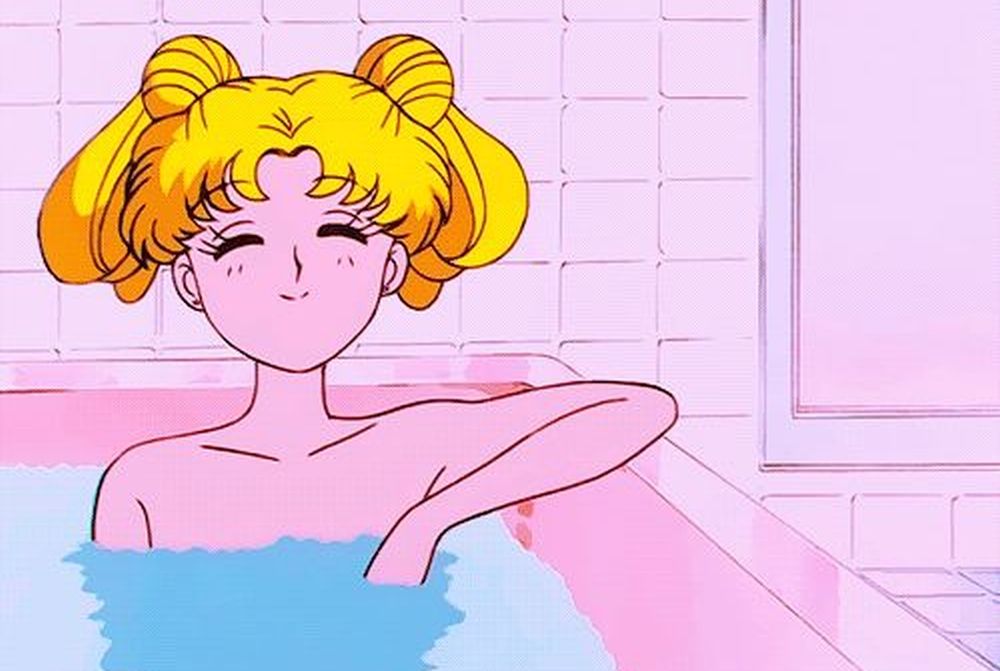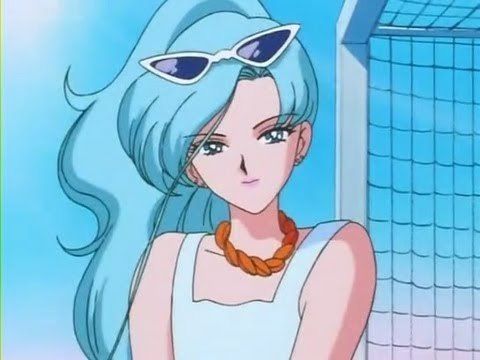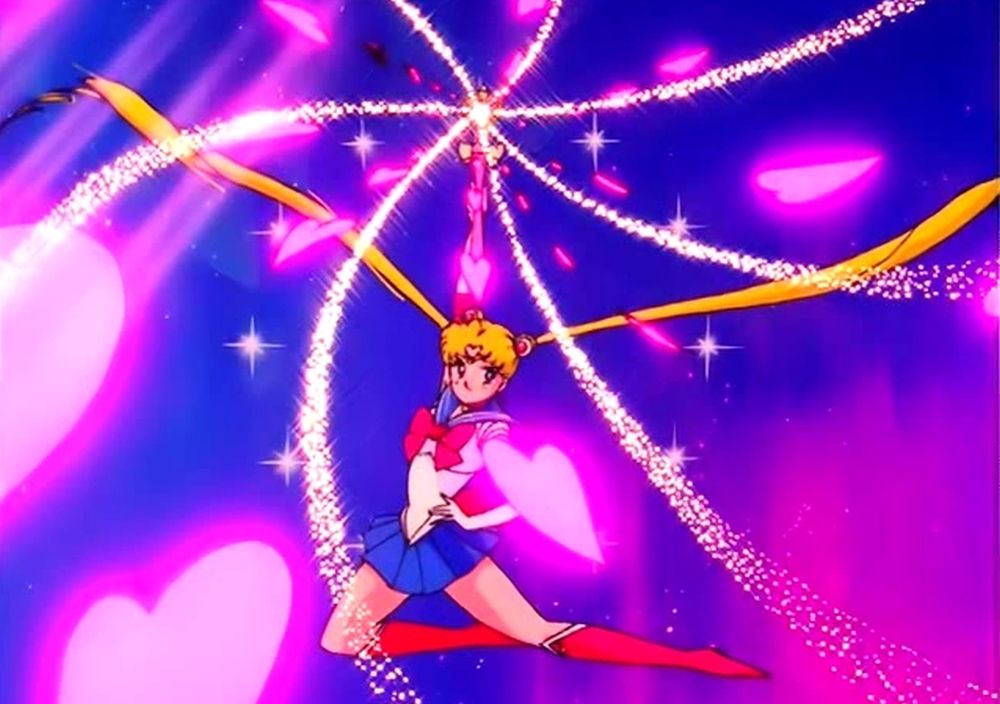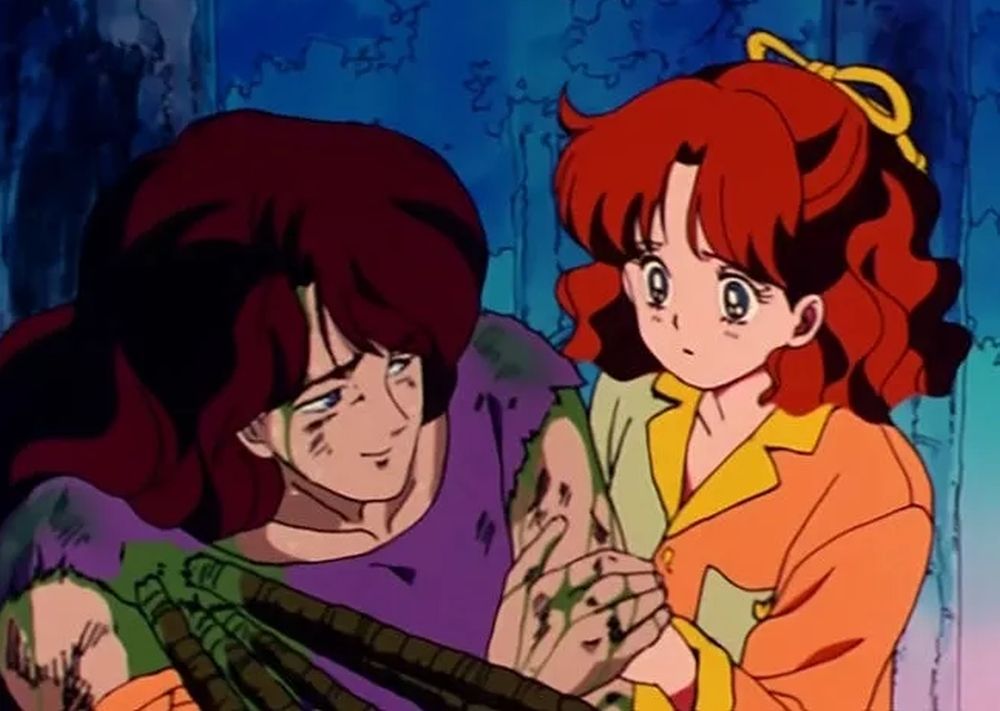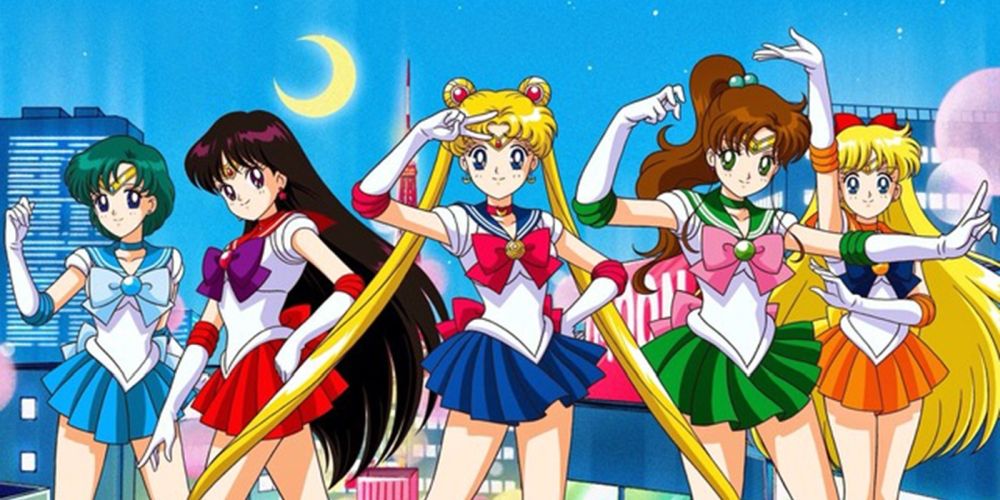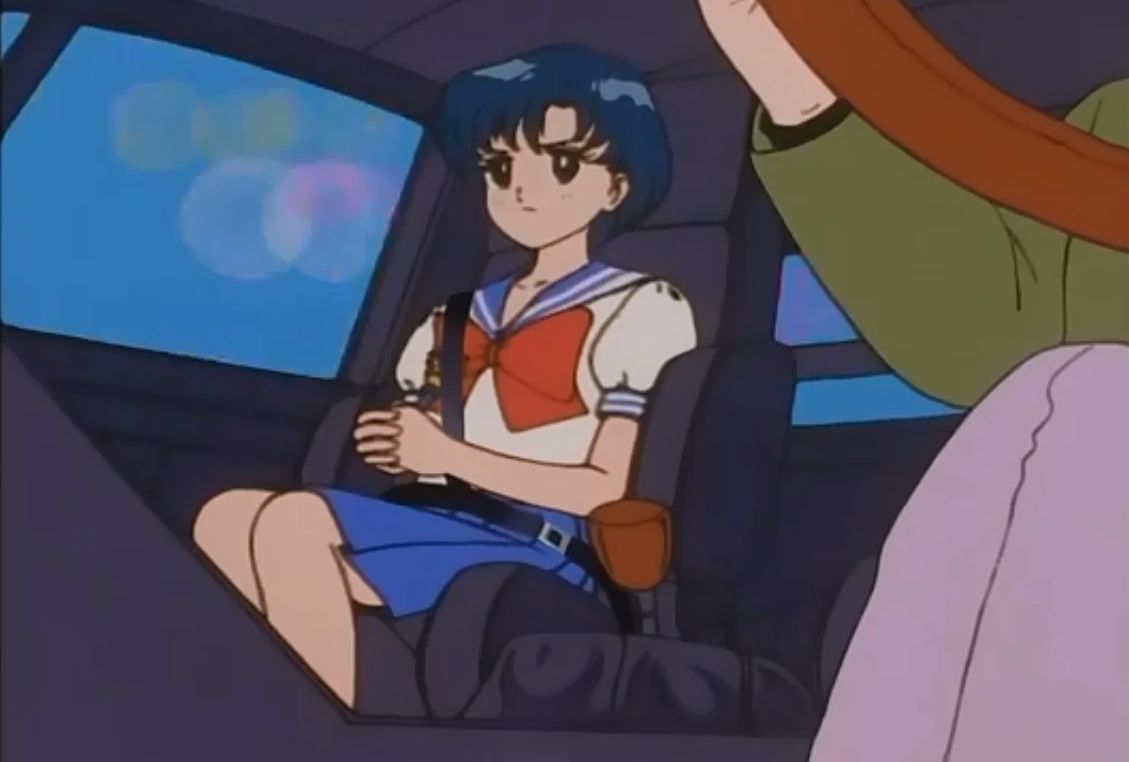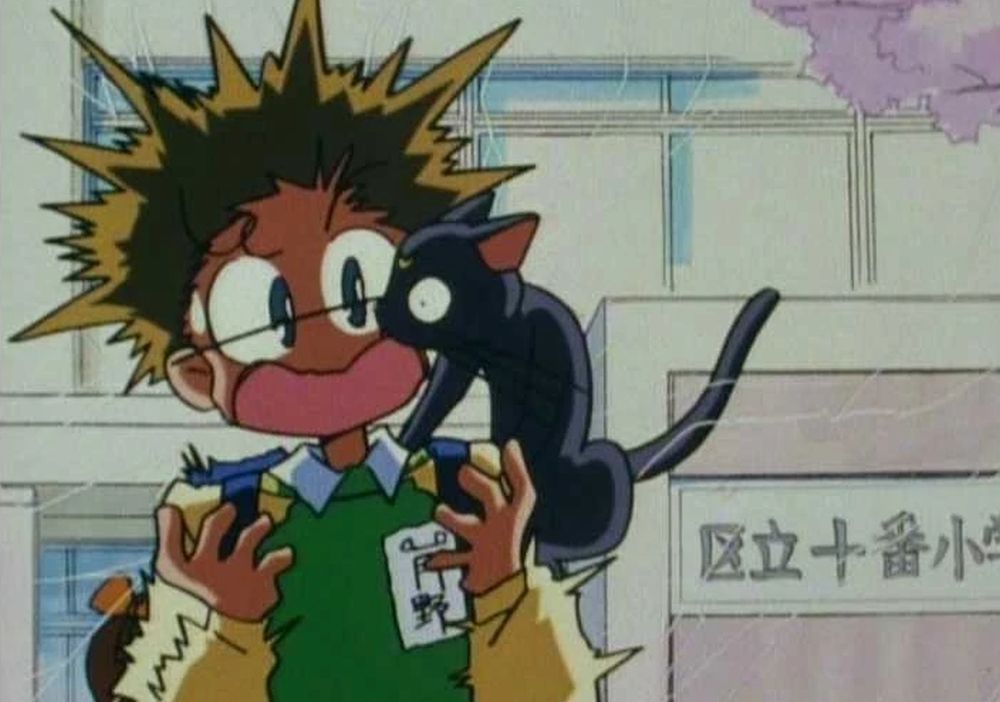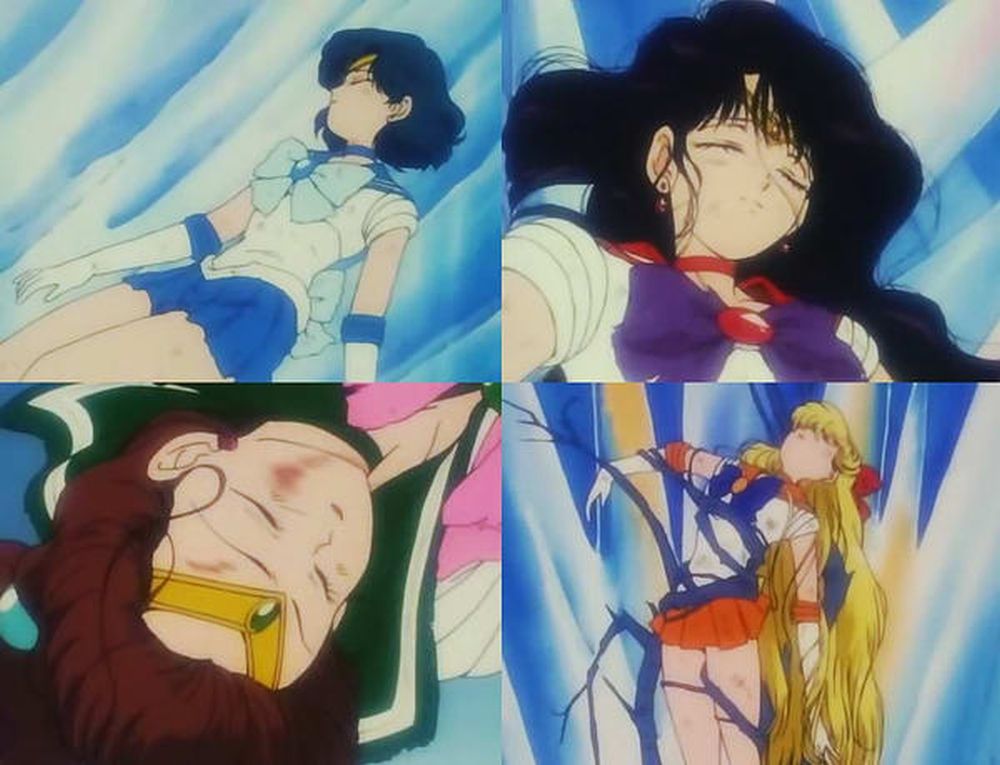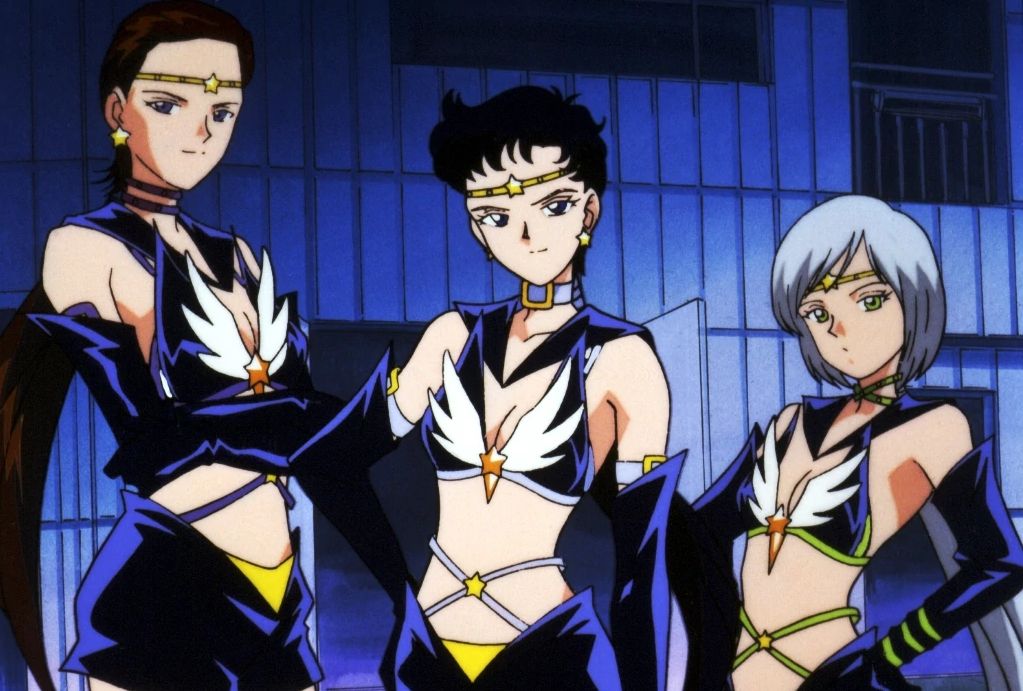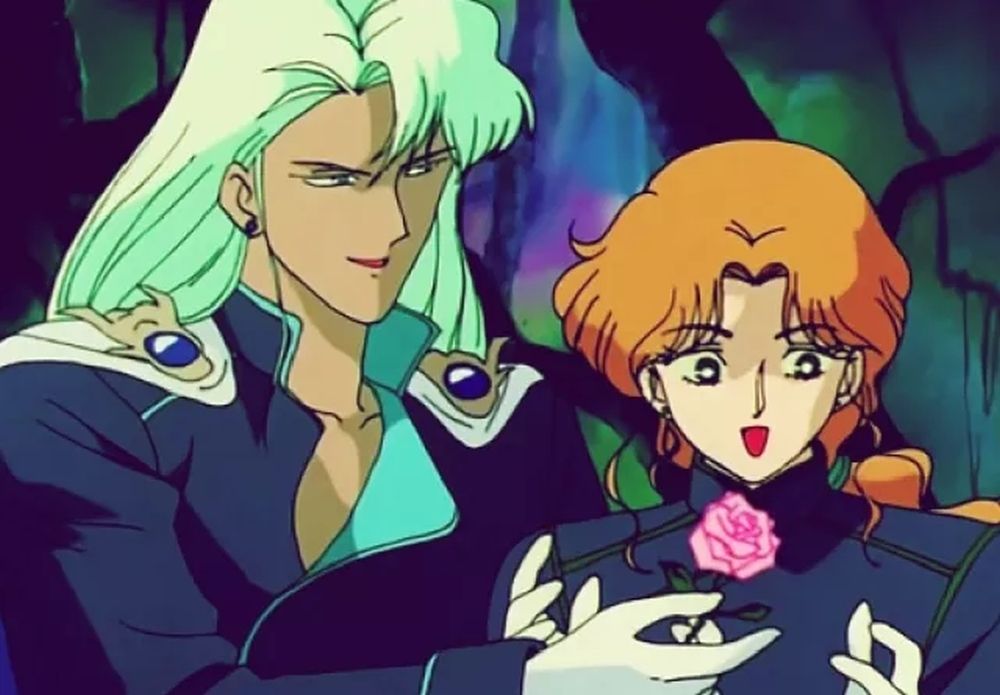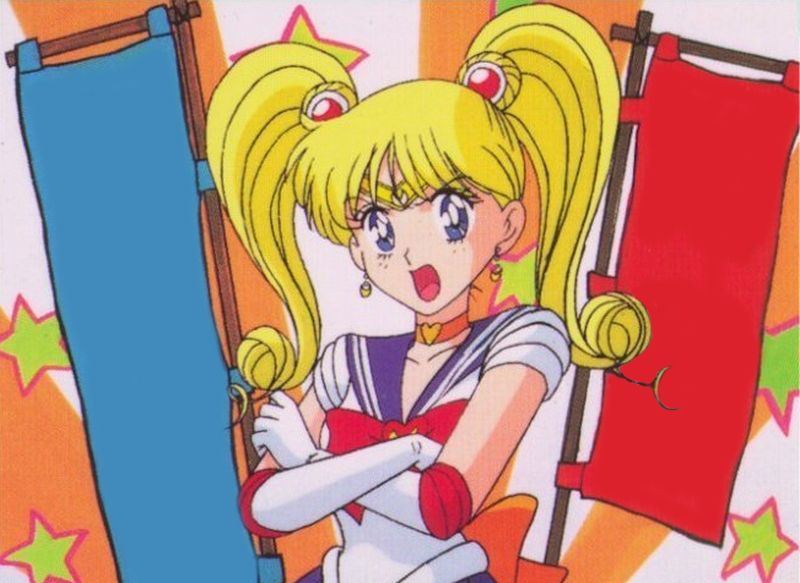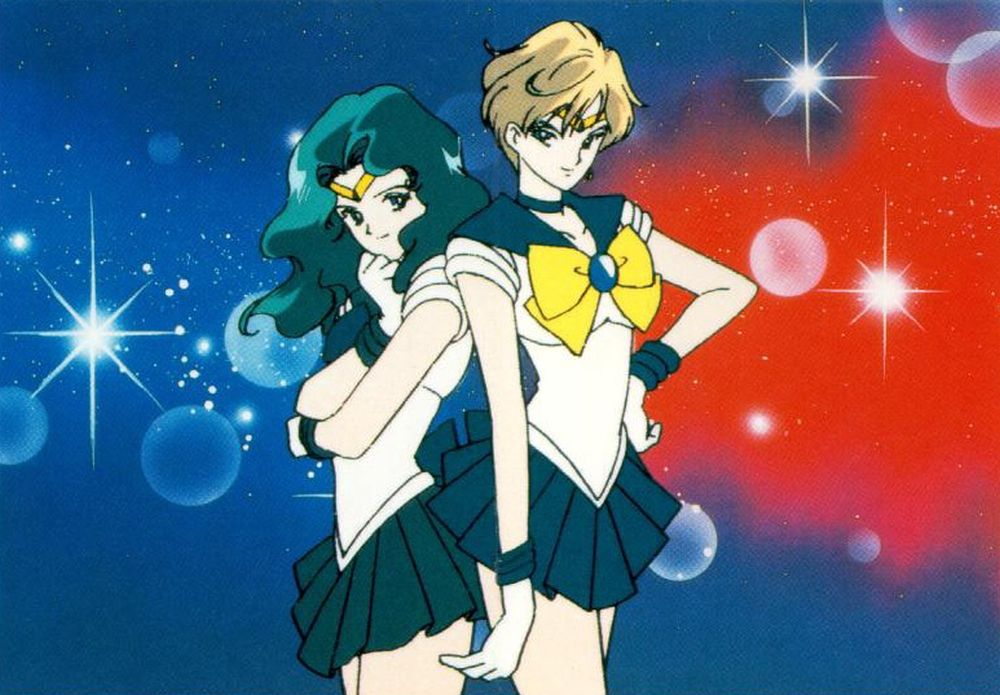Sailor Moon is one of the most well-known anime series around the world. Originally a manga series by Naoko Takeuchi, the series expanded into five seasons and has now been re-released as Sailor Moon Crystal. Sailor Moon has had a cultural impact in both Japan and America.
Sailor Moon's history in America has had less than stellar roots. When it was first dubbed into English by DIC, the amount of censored content made it almost unwatchable by older audiences familiar with the original series. DIC attempted to make Sailor Moon more child-friendly and tried to strip away its original Japanese roots. From completely gender swapping to removing any references to LGBT characters, the English dub is heavily criticized. Censors wanted to appeal to their target demographic: children.
Fans began to learn exactly how much censors cut from Sailor Moon to make it more friendly to Western children when the original versions of anime become more accessible. Entire episodes were cut, and everyone had an American name. Over time, dubs decreased in popularity with anime fans, for fear that they were missing out on content in the original series.
We've listed some of the major changes censors made to the American version of Sailor Moon. There are several spoilers throughout our list. For the sake of those who only know Sailor Moon from the Western English dub, we've used the character's American names and refer to the Sailor Senshi as the Sailor Scouts.
15 Raye's Grandfather Was Originally A Pervert
After refusing to live with her father, Raye moved into the Hino Temple to live with her grandfather, a Shinto Priest. In the American series, Raye's Grandfather is a happy man who loves to joke around. He likes Raye's friends but tries to stay out of their way.
In the Japanese version, Raye's grandfather often flirts with the young girls who visit the shrine. He would harass any female that came near Hino Temple, including Raye's friends. He is known for being perverted around teenage girls. He went so far as to propose to Amy. In Sailor Moon R, his harassment became so severe that no women stopped visiting the Hino Shrine. The local newspaper published an article about his perverted behavior. To meet women, he decided to abandon being a Shinto priest and find a job where he could interact with young women again.
14 Serena Drinks Too Much Juice, Twice
Serena is a fun-loving teenager who often acts more immature than her friends. In "Worth a Princess' Ransom," she's thrilled to dress up and attend a fancy ball. Though her mission is to find out of the visiting princess is also the missing Princess of the Moon, Serena makes time to indulge herself. The American version has Serena get sick after drinking too much juice. The juice also makes her face red and her actions more clumsy. In the original version, Serena drinks too much alcohol and gets drunk. She also receives her first kiss from Tuxedo Mask. The kiss sequence was changed to a dream in the American localization.
The censors would change alcohol for juice again in "Everything's Coming Up Rosey." To decrease her anxiety around English-speaking Americans, or French in the American edit, Serena drinks too much juice. Again, she becomes "sick" instead of drunk.
13 Lita’s Bigger “Talents”
Besides from Mina, Lita was one of the most independent, mature members of the Sailor Scouts. After her parents died in a plane crash, Lita rented an apartment and learned how to cook, even though she was only 14 years old. Lita also has a few characteristics that make her stand out more than her friends.
In "Steal a Kiss from Darien! An's Project Snow White", the girls try to help Darien with his play of Snow White. With Darien as the Prince, the girls compete for who will be cast as Snow White. The girls argue why they should be cast. In the Japanese version, Lita claims she should be Snow White because she has the largest chest size. In the American dub, this was changed to Lita claiming she had the "biggest talent." Though the script was changed, Lita still prominently displays her chest to Raye on screen.
12 Fully Clothed, All The Time
Japanese culture displays more nudity on screen compared to America. Many older anime series with a young female demographic had scenes featuring nudity. During transformation scenes, Japanese children were not shocked or horrified to see a nude girl. The nudity was shown to display how a transformation worked: the girl's clothes disappeared so that her more powerful battle clothing could be applied. Any nudity shown is not to make the young women appear attractive, but to display their innocence.
In American media, nudity is blurred out, especially on shows for kids. DIC promoted Sailor Moon for children and censored several scenes that implied nudity. During bath scenes, the water is changed to be darker to hide the girls' bodies. If the water didn't cover up enough of the girls, the waterline was higher. Any scene that showed lines on the body to display breasts or public areas, such as the transformation scenes, were also removed.
11 Changing Fish Eye’s Gender
In the original Sailor Moon series, Dead Moon Circus's Fish Eye was a male character. He was more feminine in personality and personality than his other teammates. He only targeted other males, often by making them fall in love with him. Fish Eye's gender was swapped from male to female in the American version of Sailor Moon due to his LGBT character.
Fish Eye's sexuality is explored further in the episode "A True Reflection." Censors completely changed the script to remove all LGBT references. Fish Eye succeeds in looking into Darien's dreams. Fish Eye made his LGBT preference known when falling for Darien. Instead of killing Darien, Fish Eye kisses him instead. Censors also changed this so that it would appear a female Fish Eye kissed Darien.
10 Attack Names And Transformation Phrases
If you were a faithful viewer of the English dubbed Sailor Moon show, you might have had all of the Sailor Scouts’ transformation poses and attack names memorized. As the seasons progressed, you may have found yourself getting confused at the names. You may have wondered why one attack had multiple names, like “Venus Love Chain Encircle” and “Super Venus Love Chain.” The attack names also added the planet names to the phrase, perhaps so that children will know which attack belonged to which Sailor Scout.
It was always an exciting moment when these ordinary teenage girls transformed into their powerful Sailor Scout forms. Their original transformation phrases were all in English. The phrases also all ended with “Make Up.” For some reason “Make Up” was dropped from the phrase.
9 Removing Excess Violence
Many assume that Sailor Moon is just a lighthearted show for girls. Though there are comical moments, the show has several serious life-or-death moments.
In the American show, most of the violence was reduced or completely removed. When Nephrite is stabbed, instead of his wound having red blood, it's changed into green to make him appear like a monster. During a battle when Zoisite attacks Tuxedo Mask, her attack is only implied. But the censors don't always get it right. In the following episode, his injury is shown surrounded by blood.
Death is never explicitly stated in the American localized version. When someone dies, the other characters only stated they were destroyed or eliminated. This vague language opens up the possibility that the character survived instead of dying.
8 Americanizing Character Names
When Naoko Takeuchi first created the Sailor Moon series, she developed Japanese names that fit the character and their purpose. Usagi Tsukino translates into “rabbit of the moon”, yet her American name Serena has no direct meaning to her character.
The names were changed to make them more accessible for American children. Children in America would be more familiar with Lita than they would Makoto Kino. Most of the localized names have no last names, which was less information for children to memorize. They could spend more time watching the show than trying to learn their names.
Making the names more American also meant that children would see Sailor Moon more as an original American show. DIC hoped that children would not notice the original Japanese roots of the show.
7 Making The Show More Child-Friendly
DIC made several changes to Sailor Moon to make child-friendly friendly. Though most fans were older, that didn't stop them from assuming most viewers were young. DIC wanted children to look up to the characters of Sailor Moon as role models, which many already did, but they wanted to emphasize their heroism.
In "Sailor Mercury Moving On?", Darien drives Amy to the airport. Not only is this scene flipped so that he is driving on the right side of the road, a seatbelt has been edited onto Amy. DIC also removed several scenes where Serena sticks her tongue out. They believed this was immature and didn't want to encourage younger viewers to replicate it.
The most memorable addition was DIC's "Sailor Says" segment at the end of every episode. These were added for educational purposes, and to encourage young viewers to make good moral choices.
6 Dropping Controversial Episodes
If you were a Sailor Moon fan when it originally aired, you probably wanted more episodes instead of reruns. DIC, who made the dub of the first season, had access to all 89 episodes, but only released 82. They believed that the cut episodes were too controversial and inappropriate for children. Cut content includes Melvin accidentally offending their teacher, Miss Haruna, by flipping up her skirt and exposing her underwear. Serena's little brother Sammy is fearful of cats, but Serena keeps Luna anyway.
There were also episodes cut with no explanation. Mina was often portrayed as an clumsy, unintelligent. She had an important episode that focused on her background as Sailor V in London. While she fought evil, she lost friends and someone she cared for. Sadly it was cut, and viewers didn't see her growth as a leader.
5 Removing the Impact of the Soldiers’ Deaths
The last two-part battle "Day of Destiny" at the end of the first series was emotional for fans. To take down Queen Beryl, Sailor Moon and her team had to travel to dangerous lands. To protect their Princess, each of the Sailor Scouts sacrificed themselves. They each experienced a tragic on-screen death. The scene was meant to show views how much Serena had come to mean to them, and how the Princess changed their lives. Instead of dying, in the American version of the last battle, the girls were only defeated. After their defeat, they were kidnapped by the Negaverse, and Serena had to rescue them. Only after Serena killed, or "defeated" Queen Beryl, her friends were saved. Instead of coming back to life, they were only returned to their previous lives, and everyone lost their memory of their time as a Sailor Scout.
4 Ignoring the Sailor Starlights
Sailor Moon Sailor Stars was the fifth season of the anime series. It introduced the Sailor Starlights, who used the identity of a popular band called the Three Lights on Earth. Since the previous four seasons had been localized, fans hoped to see the fifth series come to their tv screens. Seiya (Sailor Star Fighter), Taiki (Sailor Star Maker), and Yaten (Sailor Star Healer) would have faced heavy censorship. The Trio disguise themselves men in their Earth forms but become women when their transform into their fighting form.
Censors would have edited out the relationship between Seiya and Serena and had to explain the gender change upon transformation. Though fans first believed they were too controversial to localize, their debut was halted for monetary reasons. Sailor Stars was not dubbed because the rights were not purchased.
3 Gender-Swapping Zoisite
Though Sailor Moon focused on the relationship between Serena and Darien, the enemies also had time to fall in love. In the first season, Zoisite and Malachite are lovers working for Queen Beryl. She only had a team of handsome young men working for her, even if they didn't have romantic feelings for her.
In the English dub, Zoisite had a female voice actor and was the only female General. Zoisite had both his gender and sexuality changed. Though initially a man, Zoisite was always portrayed to be younger and more feminine than Malachite. Zoisite and Malachite had a loving relationship and still thought of each other, even when they were both killed. The censors didn't want young audiences to see LGBT relationships in Sailor Moon.
2 Removing All Japanese Culture References
Anime was quickly growing in popularity in the 1990s. But the censors of many popular localized shows didn't want you to know you were watching an anime series. They wanted viewers to believe they were watching original American cartoons. In the Japanese version of Sailor Moon, Darien would call Serena "Odango," or dumpling, about her unique hairstyle. This nickname was changed to "Meatball Head" in the American version. Signs with Japanese characters were changed into English or completely removed, leaving the signs blank.
Daily references to Japanese life were also changed. The Japanese Yen was revised into the American dollar. Driving cars was flipped so that vehicles drove on the right side of the road instead of the left. The censors wanted to keep the origins of the show a secret, to make it more accessible for American audiences.
1 Girlfriends Changed Into Kissing Cousins
In the original Japanese anime and manga series, Sailor Uranus and Sailor Neptune were always open about their lesbian relationship. Their romantic involvement is well-known to most anime fans. Though they both flirted with the other characters or men, at the end of the day, they love each other the most. They even go so far as to become parents to Sailor Saturn, calling themselves "papa" and "mama."
American censors changed the famous LBGT couple from being lesbians to straight. When speaking of first kisses, they both mention men. Michelle mentions kissing a boy named Brad in Junior High school, but during the flashback, it's a shadowy figure of Amara. Their relationship was changed from a lesbian couple to close cousins in the American localization. Incest was more acceptable to the censors than an LGBT relationship.

